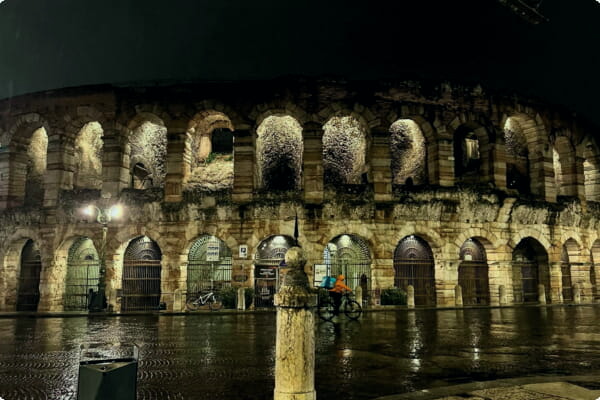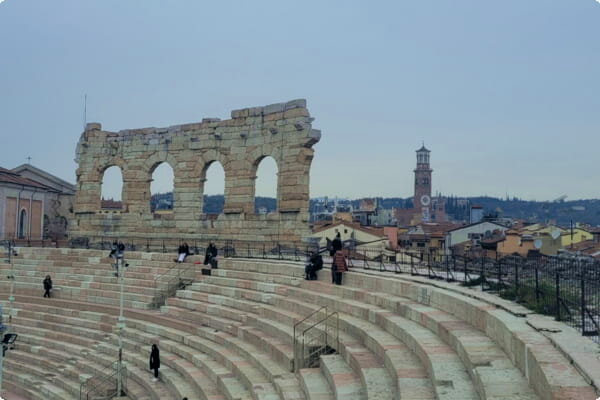Whether you're traveling to Verona to see a show or just to walk around, you'll want to know some interesting facts about the Arena. This is a beautiful venue that will definitely give you an experience of a lifetime. You'll be able to see an opera or a ballet live, or even visit the underground rooms where you'll be able to see the action below. Whether you're interested in the history of the venue, its symbolism, or even its origins, you'll be able to find plenty of information about it in this article.
Origins
Located in the town of Verona, Italy, the Arena of Verona is a Roman amphitheater that dates back to the first century AD. In the ancient world, the amphitheater was a great place to watch gladiator fights.
In the Middle Ages, the Arena of Verona was used for trials, jousting, and other legal disputes. In the 18th century, it was also used for equestrian and race events. In the 20th century, the Arena has hosted several opera performances. The acoustics of the amphitheater are so good that it has been a popular location for international rock bands.
The name "Arena" comes from the Latin "arena" meaning sand. In the Roman Empire, amphitheatres were built outside the city to hold processions, public games, and protests.
Symbolism
Among the most recognizable monuments in Verona is the Roman Arena, or Verona Arena. This building has been an important part of the history of the city for nearly 2,000 years.
The building was built in the first half of the 1st century AD. It was originally built to host gladiator fights, but it soon became a venue for musical performances. Today, it is the largest open-air opera house in the world.
The acoustics of the Arena are so good that singers are able to perform without the use of microphones. The venue also allows for imposing stage sets. The Arena has been the home of the yearly summer opera festival for over a century. This year, the Opera Festival will end with the famous opera Aida.

Amphitheater
Originally built outside the city's walls, the Roman amphitheater in Verona, Italy, is still in use today as an opera venue. It is one of the best preserved structures of its type.
The outermost ring of the amphitheater was made of stone and decorated with statues. A complex hydraulic system brought water inside the amphitheater for water games. The inner ring was also made of local stone, and has two rows of 72 arches.
The ancient Romans were well aware of the need to build large arenas throughout the Empire. They knew that the design should be in harmony with the city's road network and emphasize perfect integration with the town center.
The original amphitheater in Verona was built of white and pink limestone. An outer wall supported a portico at the top of the cavea. The amphitheater was designed to hold 30,000 spectators.
Opera festival
Located in Verona, Italy, the Arena di Verona is the world's largest open-air opera venue. The venue is also the home of the annual Opera Festival. Since 1913, the summer season of the festival has been held in the arena.
The operas held in the arena are usually big, splashy, and filled with horses. These days, the Arena is a lot different from what it was in the past. In fact, the floor of the arena is now two metres below the ground level.
Tickets for the Verona Opera Festival can be purchased online, or through the phone. The festival runs from mid-June to mid-August. It attracts some of the world's best performers in the performing arts.

Underground rooms
During ancient times, the ludi (theater) at the Verona Arena was a very famous sight. The audience would sit on the steps in stalls. They would watch gladiators and other animals fight and be entertained.
During the Renaissance, the ring was used as an opera venue. It is one of the most well-preserved ancient amphitheaters in the world. It survived the 1117 earthquake. In recent years, the Arena has been equipped with an electronic sound system. It is now a world-class music and opera venue.
When the Colosseum was built in Rome, its design inspired the construction of many other arenas throughout the Roman Empire. The design featured a large central chamber and several smaller entrances. It had a highly decorative exterior and a wing to protect the spectators.




